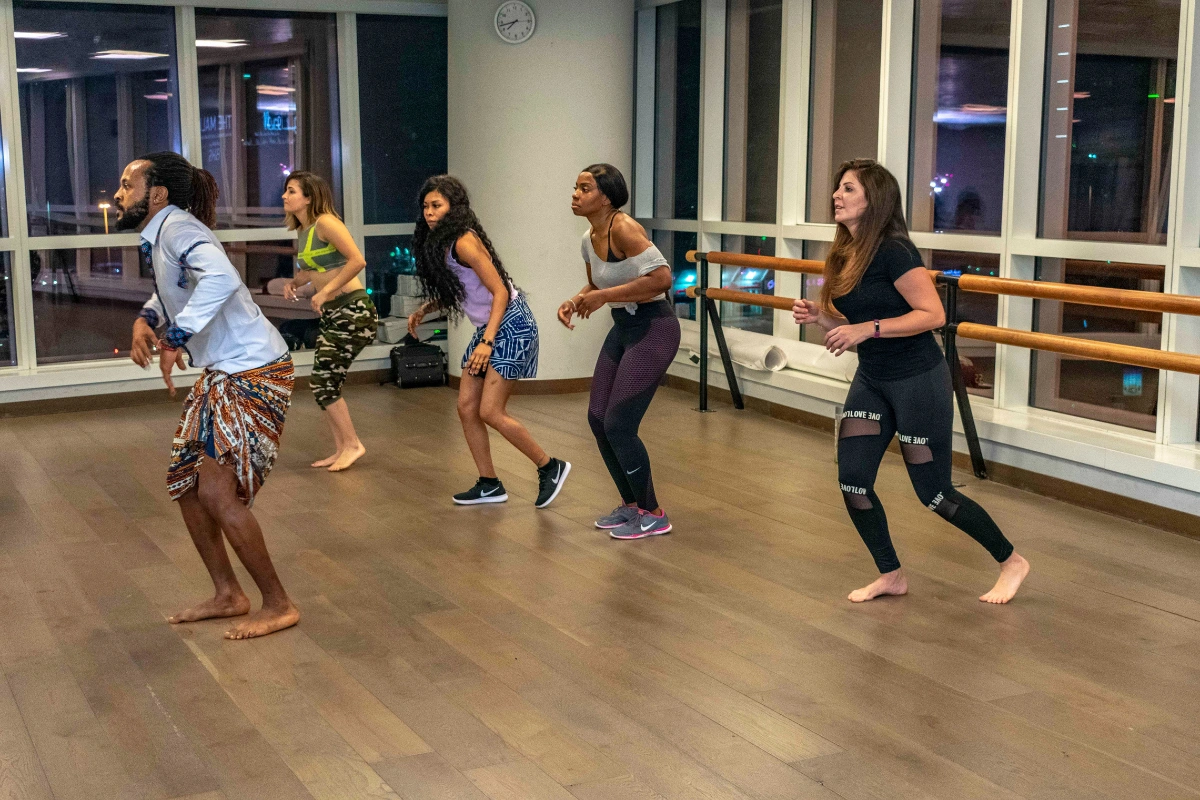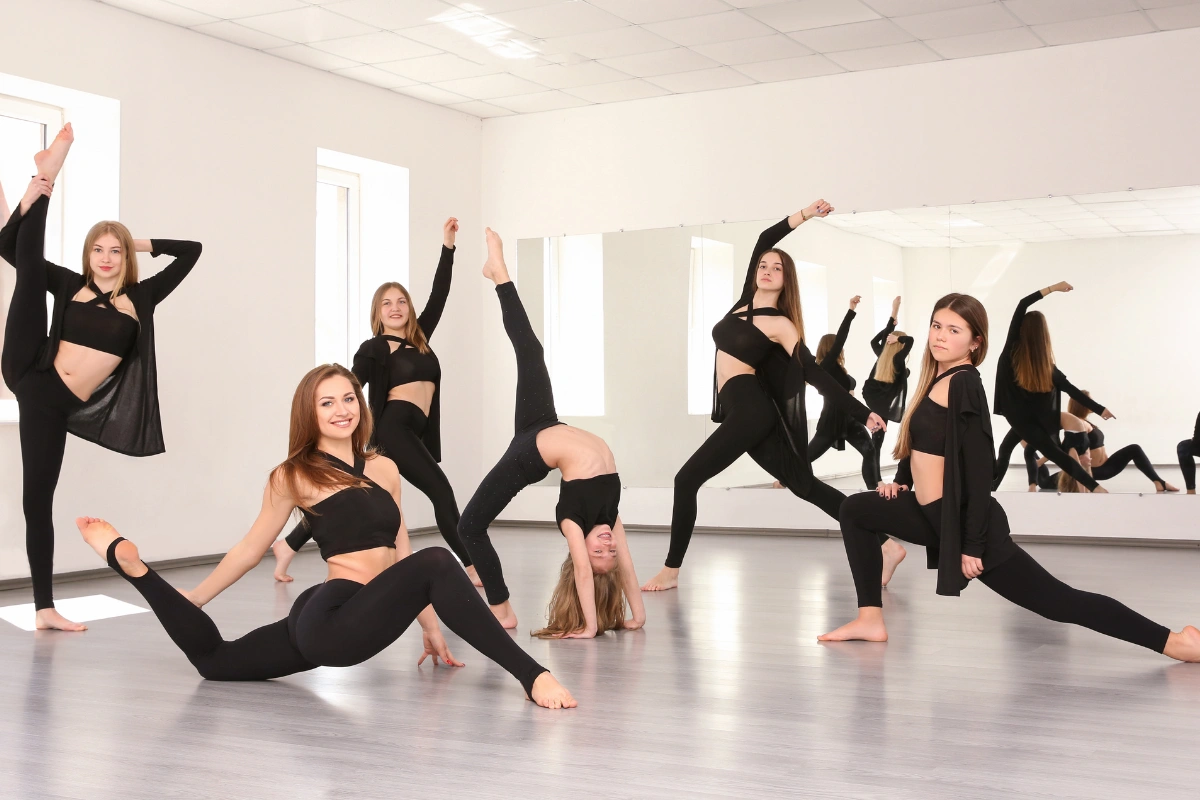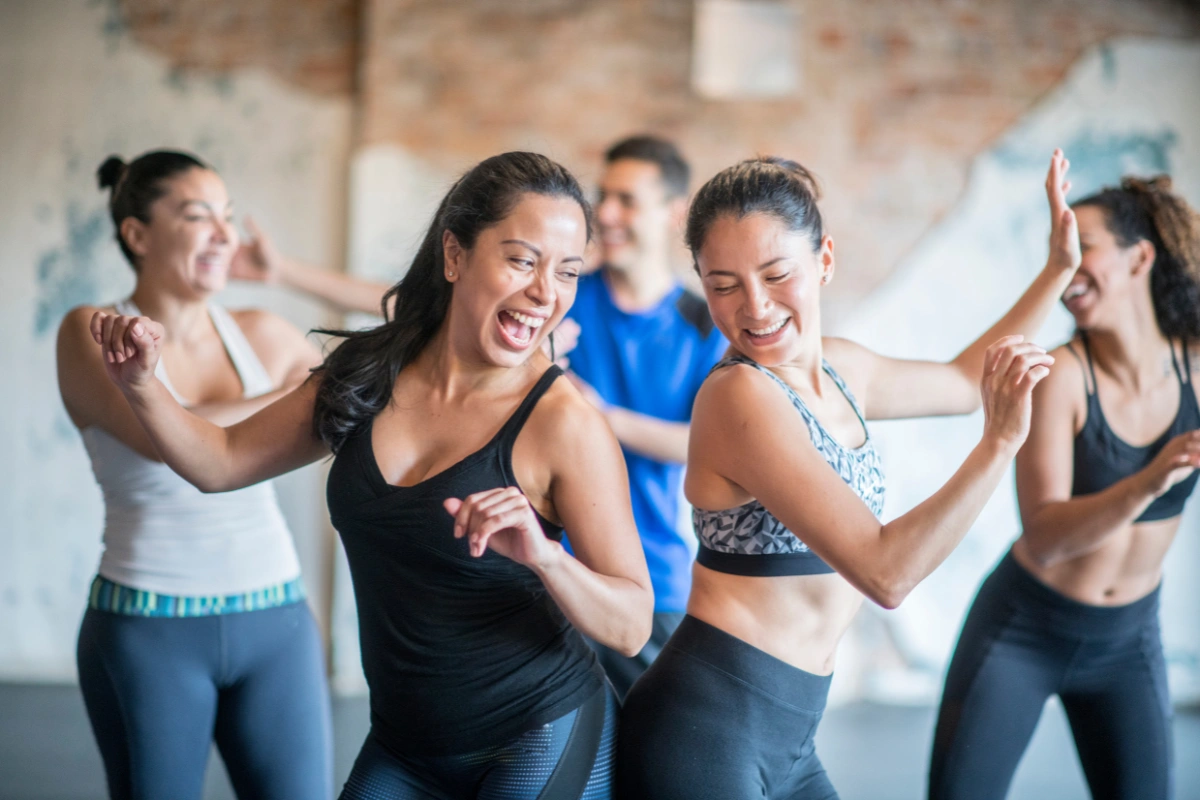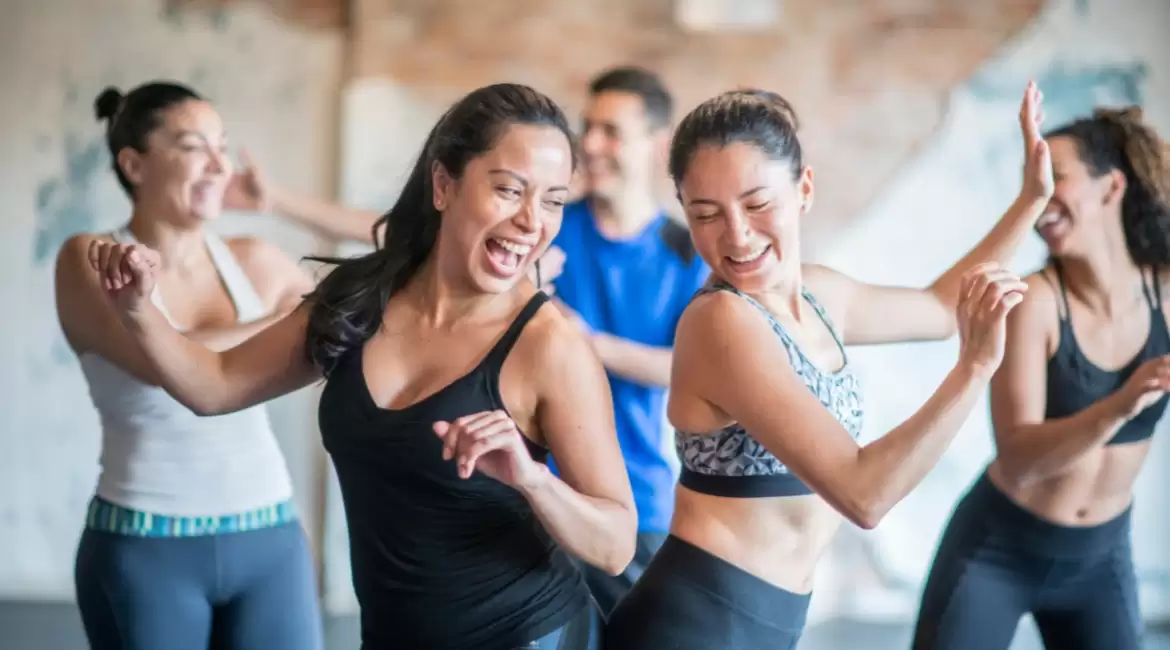In the age of smartphones and social media, the impulse to document every aspect of our lives has become second nature. From picturesque landscapes to culinary creations, there seems to be an irresistible urge to capture and share our experiences with the world. Yet, amidst this fervent desire for digital documentation, there exists a realm where the act of recording oneself may inadvertently hinder rather than enhance the learning process. In the realm of dance, where mastery is as much about self-expression as it is about technique, the decision to record videos of oneself dancing in class warrants careful consideration. While the allure of playback may seem enticing—a means to scrutinize and refine one’s craft—there are compelling reasons to resist the urge to press “record.” Delving into the nuances of dance education and artistic development, this exploration seeks to unravel the complexities surrounding the practice of recording videos in the dance studio and shed light on why, at times, it may be more beneficial to simply let the music move us without the lens of a camera.
What is recording? “Recording” encompasses the comprehensive procedure of capturing and preserving audio or visual content using dedicated recording equipment or technologies. This multifaceted process involves various stages, including setting up equipment, initiating the recording, monitoring the capture in real-time, and ultimately saving the content for future use or playback.
In the realm of audio recording, this can involve activities such as selecting the appropriate microphones, configuring recording levels, and ensuring optimal acoustics. Similarly, in video recording, considerations may include choosing camera angles, adjusting lighting conditions, and framing the shot effectively.
Furthermore, the term “recording” extends beyond the mere act of capturing content to encompass the broader context of media production. This includes post-production tasks such as editing, mixing, and mastering, aimed at refining and enhancing the recorded material to achieve the desired quality and impact.
Ultimately, “recording” serves as a pivotal means of documentation, preservation, and communication, facilitating the creation of a diverse range of media content spanning music, film, television, podcasts, and more.
Why you shouldn’t record videos of yourself dancing in class
The art of dancing is intricately intertwined with our comprehension of our physical selves.
Each movement we execute is a manifestation of our training—a culmination of foundational elements meticulously crafted over time. With every step mastered, we erect a scaffold upon which to construct our dance vocabulary.

Attending dance classes offers a platform for exploration, a canvas upon which to merge these foundational blocks in novel configurations, guided by the unique artistic sensibilities of the choreographer.
It is within these immersive experiences that our identity as dancers is sculpted, shaped by the amalgamation of technique, style, and personal expression.
While the temptation to record oneself dancing in class may seem beneficial—a means to scrutinize and refine one’s craft—it is imperative to recognize the inherent limitations of such recordings.
Indeed, while these videos provide a retrospective lens through which to evaluate one’s performance, they alone do not facilitate growth. The true essence of artistic progression lies in the willingness to traverse uncharted territories, to push beyond the confines of familiarity and comfort.
In the sanctity of the dance studio, surrounded by fellow enthusiasts and under the nurturing guidance of instructors, lies a sanctuary for experimentation. Here, amidst an environment devoid of the pressures of perfection, dancers are afforded the liberty to explore, to stumble, and to evolve.
Recording oneself dancing in class risks diverting attention away from this invaluable process of self-discovery. It may inadvertently foster a fixation on superficial perfection, detracting from the essence of artistic exploration.
Therefore, it is imperative to approach dance classes not merely as an opportunity for self-documentation, but as a sanctuary for uninhibited growth—a space wherein the boundaries of one’s capabilities are continuously tested and expanded.
Class is not a performance until you add a camera
What is camera? A camera is a sophisticated optical instrument designed to capture and record visual images. It operates by focusing light onto a photosensitive surface, which could be traditional photographic film or, more commonly in contemporary times, a digital sensor. This photosensitive surface converts the light into an electrical signal, which is then processed to create a visual representation of the scene being captured.
Modern cameras are available in a wide array of formats and configurations, ranging from compact point-and-shoot models to advanced digital single-lens reflex (DSLR) cameras and professional-grade cinema cameras. Each type of camera offers its own set of features, capabilities, and intended applications.

Class ceases to be solely about personal growth and experimentation the moment a camera enters the equation. Suddenly, the dynamic shifts, and what was once a space for uninhibited exploration becomes a stage, with the lens of the camera acting as an audience of one.
The presence of the camera, even if it’s just for personal recording, introduces an element of performance anxiety. Knowing that your own critical eye will later dissect every movement and nuance can inhibit the willingness to take risks and embrace the unfamiliar. It’s human nature to gravitate towards what feels comfortable and familiar, particularly when the desire to appear polished and proficient is at the forefront.
But therein lies the paradox: true growth often necessitates a departure from the familiar, a willingness to embrace the untamed and unrefined aspects of one’s craft. It’s in the moments of abandon, when we allow ourselves to look a little wild, that true breakthroughs occur. Yet, the pursuit of perfection, fueled by the desire to impress even our own future selves, can serve as a formidable barrier to progress.
Recording videos of oneself dancing in class undoubtedly serves as a valuable resource for reflection and self-assessment. However, it’s crucial to recognize that the true essence of growth lies in the present moment, in the visceral experience of pushing one’s boundaries and challenging preconceived limitations.
While the act of watching these recordings may provide insights into areas for improvement, true growth can only be attained through the active application of these insights in real-time. It’s the embodiment of feedback loop—the continuous cycle of reflection, action, and refinement—that catalyzes genuine progress and transformation.
In essence, while class recordings offer a glimpse into our past performances, it’s the embodiment of lessons learned in the present that propels us towards our future aspirations as dancers.
Dance is all about living in the present
Dance embodies the essence of living in the present moment, where every movement shapes the trajectory of our future journey. While videos serve as invaluable tools for training and reflection, they inherently fall short of capturing the immersive energy and essence of live performance or class interactions.
The vibrant atmosphere of a dance class, pulsating with the collective energy and enthusiasm of fellow dancers, offers a rich tapestry of learning experiences that transcends the confines of a screen. In the midst of this dynamic environment, one often discovers invaluable insights simply by observing and engaging with others.
However, this is not to discredit the importance of recording and reviewing one’s own performances. On the contrary, class videos serve as poignant markers of progress, offering a tangible gauge of improvement and areas for further development.
Yet, it’s crucial to recognize that these recordings represent mere snapshots of our training journey—a glimpse into a broader landscape of growth and evolution. Sometimes, in our relentless pursuit of perfection, we become fixated on the image captured on screen, losing sight of the holistic experience unfolding in real-time.

Therein lies the paradox: while the act of recording oneself dancing in class provides a valuable tool for self-assessment, true growth often necessitates relinquishing the desire to appear flawless in the moment. It’s in embracing vulnerability and experimentation that we cultivate the versatility and resilience needed to thrive as dancers in the ever-evolving landscape of the performing arts.
Thus, the decision to record videos of oneself dancing in class becomes a delicate balancing act—an interplay between reflection and immersion, between striving for improvement and embracing the present moment. At times, it’s essential to press “record” and dissect our performances with a critical eye. Yet, there are moments when we must surrender to the organic flow of the class environment, allowing ourselves to be fully immersed in the transformative power of movement and music.
Summary
The practice of recording videos of oneself dancing in class, while seemingly beneficial for self-assessment and improvement, presents a paradoxical challenge in the realm of dance education and artistic development. While the allure of playback offers insights into technical proficiency and areas for growth, it also introduces a performance pressure that can inhibit creative exploration and experimentation. This dichotomy underscores the importance of striking a delicate balance between reflection and immersion, between striving for perfection and embracing the present moment. By delving into the complexities of dance education and the transformative power of movement, this exploration highlights the nuanced considerations surrounding the decision to record videos in the dance studio, ultimately advocating for a holistic approach that prioritizes authentic expression and artistic growth over the pursuit of perfection captured on screen.


Leave a reply